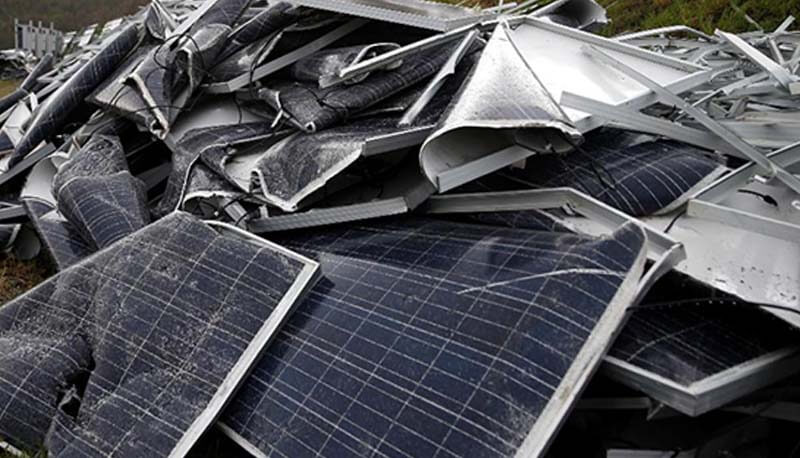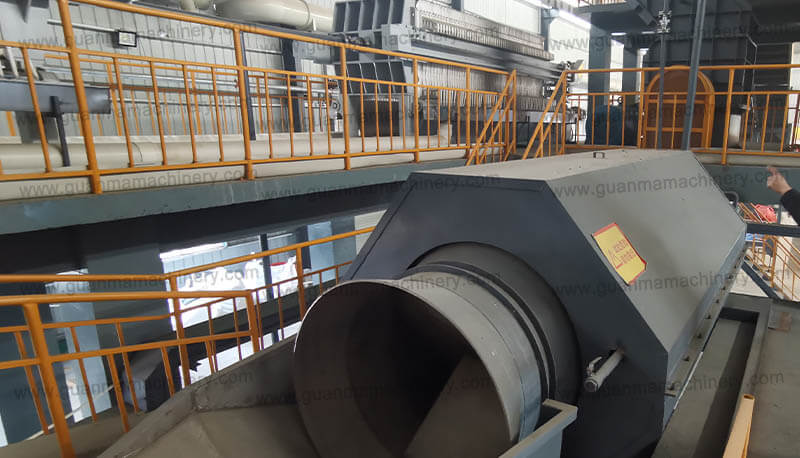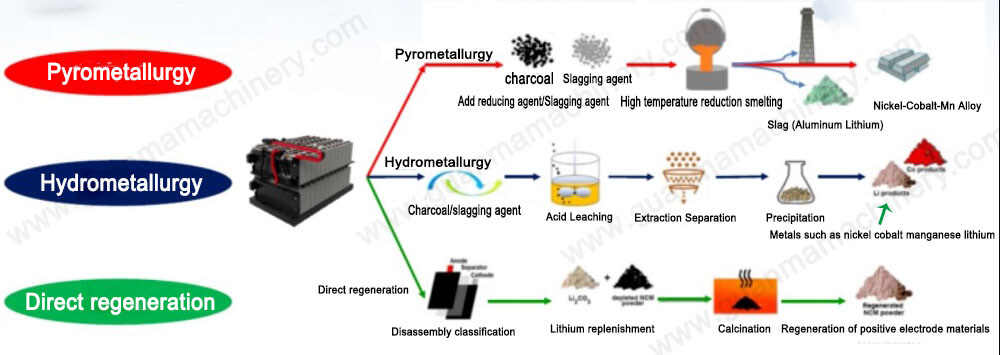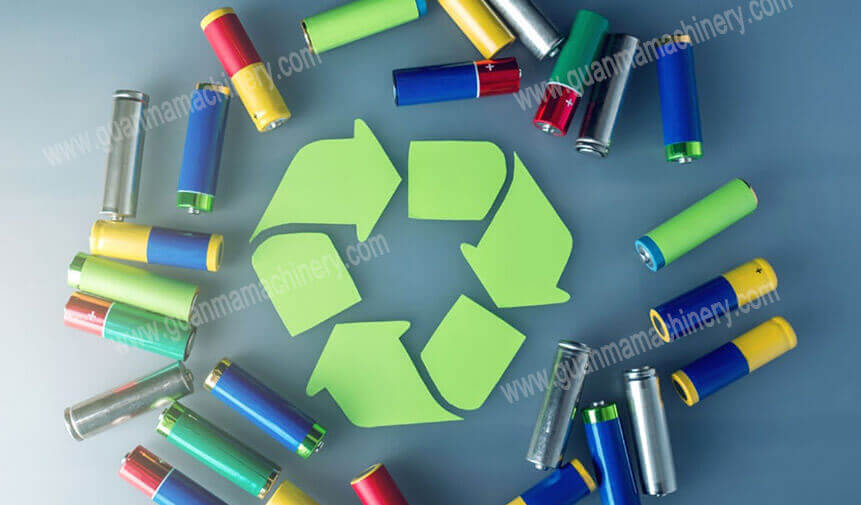Hydrometallurgy is a branch of extractive metallurgy that uses aqueous solutions to separate valuable metals from their ores or waste materials. This technique has become increasingly important in the mining and recycling industries due to its efficiency, environmental benefits, and ability to process low-grade ores and complex mineral compositions. One of the most significant applications of hydrometallurgical processes is in the recycling of lithium-ion batteries, which are essential components in electric vehicles (EVs) and various portable electronics.
The Significance of Lithium Batteries Hydrometallurgy
Lithium-ion batteries have revolutionized energy storage technology due to their high energy density, long cycle life, and low self-discharge rate. However, as these batteries reach the end of their useful life, there is a growing need for sustainable recycling methods to recover valuable metals like lithium, cobalt, nickel, and manganese. Hydrometallurgical extraction offers an efficient solution for this challenge.
Hydrometallurgical Processes in Lithium Battery Recycling
1. Pre-treatment of Spent Batteries: Before any hydrometallurgical extraction can occur, spent lithium-ion batteries undergo a series of pre-treatment steps. These include discharging, dismantling, and shredding to separate the battery components and reduce them to smaller sizes for easier processing.
2. Leaching: Leaching is a critical step in the hydrometallurgical process. In the context of lithium battery recycling, acids or alkaline solutions are used to dissolve the valuable metals into a liquid phase. The choice of leaching agent depends on the type of cathode material and the desired recovery efficiency.
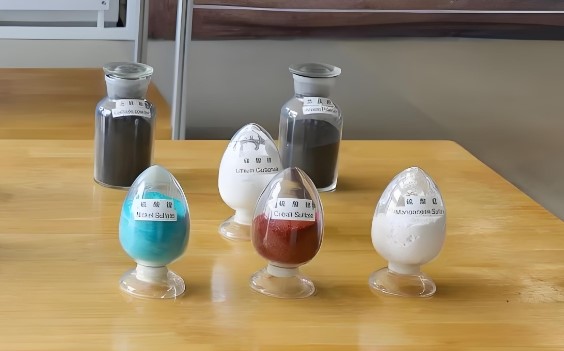
3. Metal Recovery: After leaching, the dissolved metals must be separated and recovered. This can be achieved through various techniques such as precipitation, solvent extraction, ion exchange, and electrowinning. Each method has its advantages and limitations, depending on the specific metal being recovered and the purity requirements.
4. Purification and Refining: To ensure the recovered metals meet the high standards required for reuse in new batteries, purification and refining steps are necessary. Techniques such as precipitation, crystallization, and electrolysis are commonly employed to achieve the necessary purity levels.
5. Reuse and Application: Once purified, the recovered metals can be reused in the production of new lithium-ion batteries, thereby closing the loop and contributing to a more sustainable and circular economy.
Advantages of Hydrometallurgical Extraction
Environmental Benefits: Hydrometallurgical processes generate less waste and emissions compared to traditional smelting methods.
Energy Efficiency: These processes require less energy, making them more cost-effective and environmentally friendly.
Flexibility: They can be adapted to process a wide range of materials, including low-grade ores and complex waste streams.
As the demand for lithium-ion batteries continues to grow, so does the importance of hydrometallurgical processes in ensuring a sustainable supply chain. By efficiently extracting valuable metals from spent batteries, hydrometallurgy not only conserves natural resources but also reduces the environmental impact associated with mining and battery production. Innovations in this field will continue to play a crucial role in meeting the increasing global demand for clean and renewable energy technologies.

